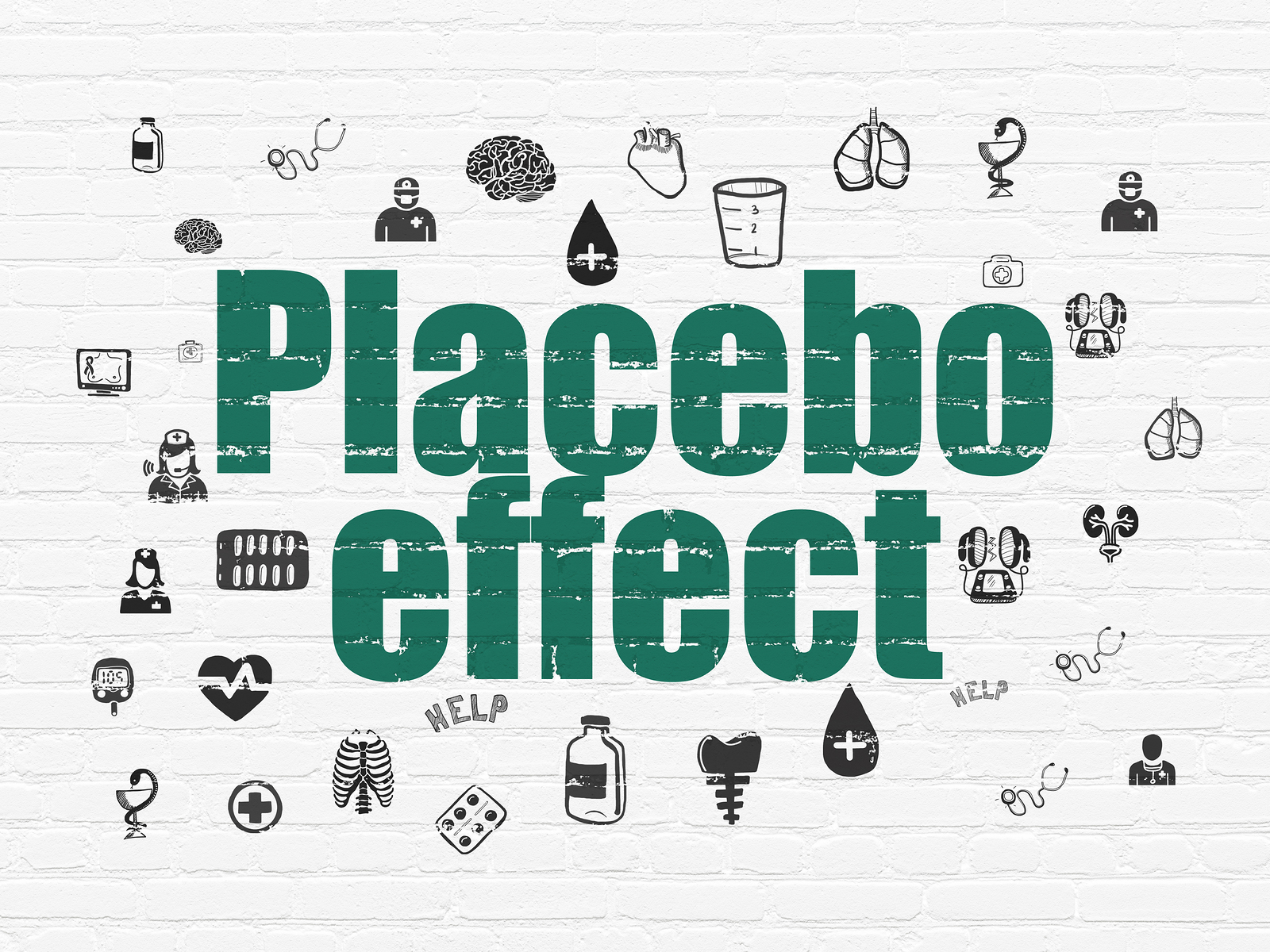
The objective of this study was to investigate the influence of expectancy of pain intensity, fear of pain (trait), and fear (state) on the effectiveness of hidden and open conditioning to produce placebo analgesia.
A total of 90 healthy female volunteers were randomly assigned to three groups (hidden conditioning, open conditioning, and control) that received electrical stimuli preceded by either orange or blue lights. One color was paired with painful stimuli (control stimuli) and the other color was paired with nonpainful stimuli (conditioned stimuli) in both the hidden and open conditioning groups. Only participants in the open conditioning group were informed about this association. In the control group, both color lights were followed by control stimuli. In the testing phase, both colored lights were followed by identical control stimuli. Participants rated pain intensity, expectancy of pain intensity, fear, and fear of pain.
A significant analgesic effect was found only in the hidden conditioning group, where no explicit verbal suggestions were provided. Hidden conditioning had an effect on expectancy and fear-participants in the hidden conditioning group expected less pain and experienced less fear in relation to conditioned stimuli. Fear was the only predictor of placebo analgesia in the hidden conditioning group. Neither expectancy of pain intensity nor fear of pain predicted placebo analgesia. Fear seems to be a more important factor than expectancy in producing placebo analgesia induced by hidden conditioning.
No comments:
Post a Comment